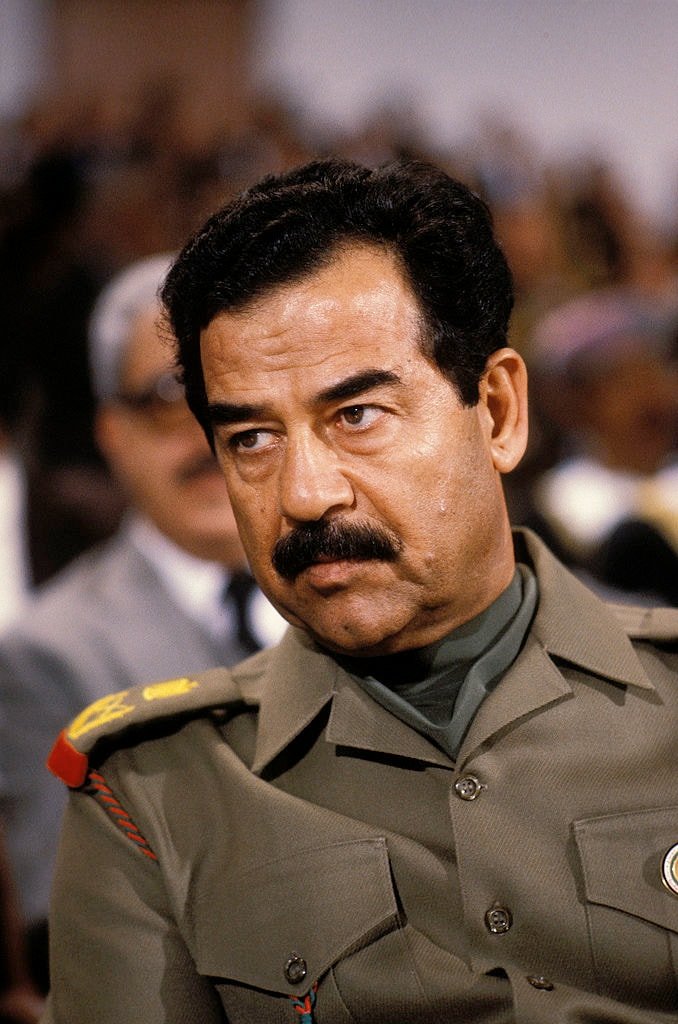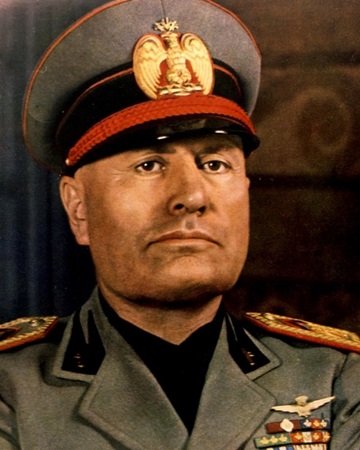This Day in History is DUE’s daily dose of trivia for all the history buffs out there. So sit back and take a ride of all the fascinating things that happened on 28th April!
People are trapped in history and history is trapped in people, and hence, every day has been a significant one in the foibles of history. Now, let’s take a tour of “This Day in History – 28th April”.
1937: Saddam Hussein is born
Saddam Hussein was an Iraqi politician who served as the fifth President of Iraq from 1979 to 2003. His brutal rule was marked by costly and unsuccessful wars against neighbouring countries which finally led to his capture and overthrow by the US coalition forces. He was born on this day in 1937 to a peasant family near Tikrit, Iraq. He committed various crimes against humanity for which he was executed later in 2006.

1945: Benito Mussolini executed
Benito Mussolini was the first of 20th-century Europe’s fascist dictators and served as the Italian prime minister from 1922 to 1943. On April 28, 1945, 61-year-old Mussolini, along ith his mistress- Clara Petacci, was shot by Italian partisans who had captured the couple while they were fleeing to Switzerland. Being the dictator of Italy and founder of the fascist movement, he inspired other far-right rulers such as Adolf Hitler, Francisco Franco, and António de Oliveira Salazar.

1996: Worker’s Memorial Day
Each year, 28th April is observed as Worker’s Memorial Day to honour the memory of victims of occupational accidents and diseases. It is also known as the International Commemoration Day for Dead and Injured Workers and is organized worldwide by the trade union movement since 1996.

2003: World Day for Safety and Health at Work
Every year, 28th April is celebrated as the World Day for Safety and Health at Work to promote the prevention of occupational accidents and diseases globally. It was first observed in 2003 by the International Labour Organization (ILO).

2018: Indian government announces electricity has now reached every Indian village
On 29th April, the Prime Minister of India announced that all Indian villages have been electrified. Leisang, a village in central Manipur’s Senapati district, was the last one to receive electricity. A village is considered electrified if it has the basic electrical infrastructure and 10 percent of its households and public places have electricity.

